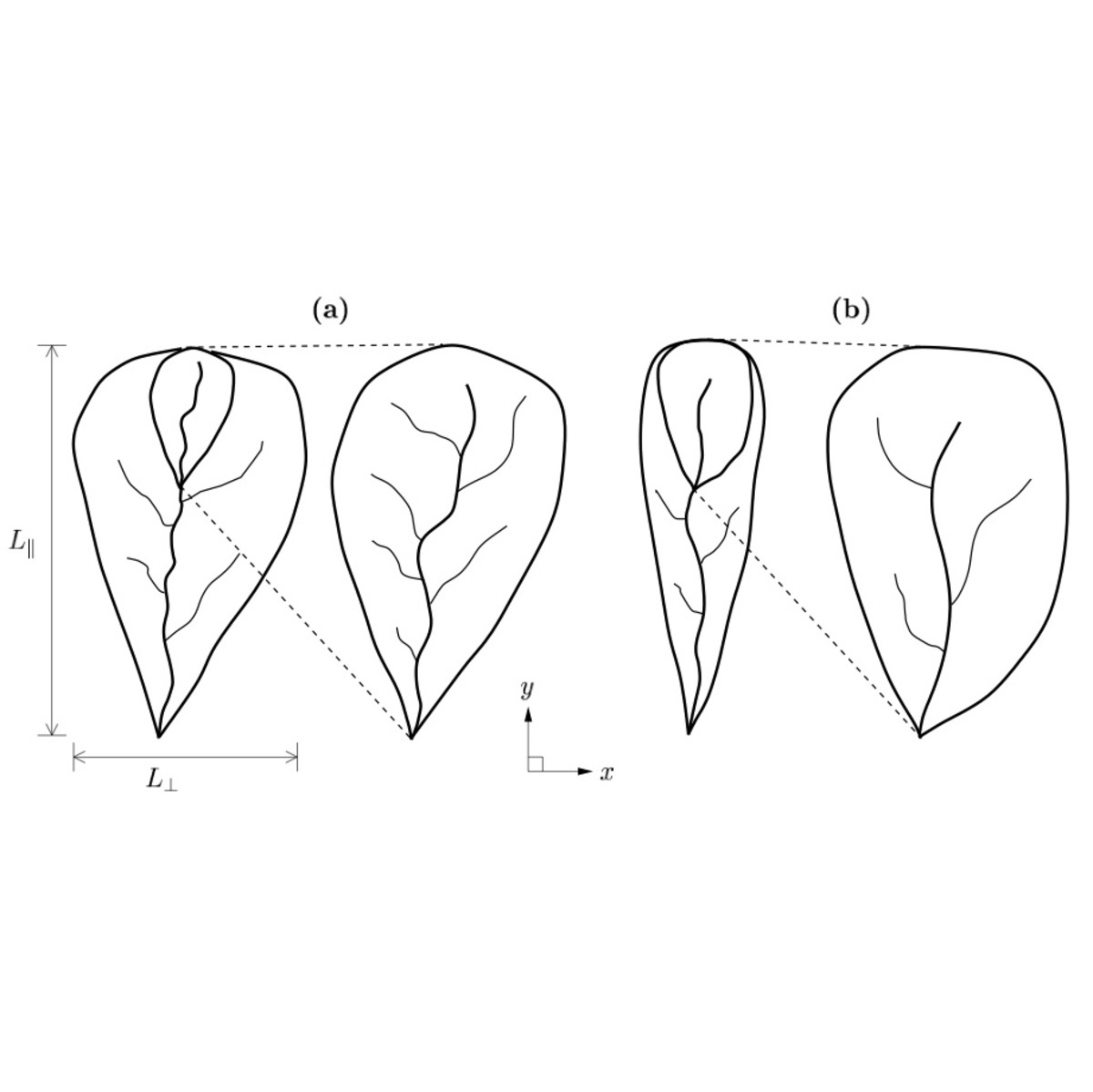Scaling, universality, and geomorphology
P. S. Dodds and D. H. Rothman
Annual Review of Earth and Planetary Sciences, 28, 571–610, 2000

Times cited: 332
Abstract:
Theories of scaling apply wherever there is similarity across many scales. This similarity may be found in geometry and in dynamical processes. Universality arises when the qualitative character of a system is sufficient to quantitatively specify its essential features, such as the exponents that characterize scaling laws. Within geomorphology, two areas where the concepts of scaling and universality have found application are the geometry of river networks and the statistical structure of topography. We first provide a pedagogical review of scaling and universality. We then describe recent progress made in applying these ideas to networks and topography. This overview then leads to a synthesis of some widely scattered ideas that attempts a classification of surface and network properties based on generic mechanisms and geometric constraints. We also briefly review how these ideas may be applied to problems in sedimentology ranging from the structure of submarine canyons, the size distribution of turbidite deposits, and the origin of stromatolites.
- This is the default HTML.
- You can replace it with your own.
- Include your own code without the HTML, Head, or Body tags.
BibTeX:
@article{dodds2000a,
author = {Dodds, Peter S. and Rothman, Daniel H.},
title = {Scaling, Universality, and Geomorphology},
journal = {Annu. Rev. Earth Planet. Sci.},
year = {2000},
key = {organizations},
volume = {28},
pages = {571–610},
chapter = {18}
}